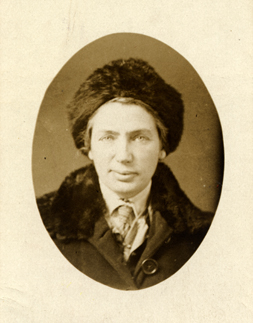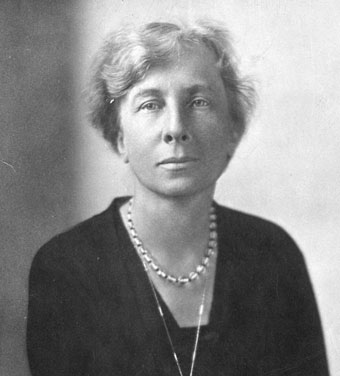
Sarah Breedlove Walker was born on December 23, 1867 in Louisiana,
the daughter of Owen and Minerva Breedlove,
recently freed slaves. Sarah, who
was their fifth child, was the first in her family to be born free. She became an orphan at the age of seven and
went to live with her sister in Mississippi.
Presumably she picked cotton and did household work to earn her
keep.
At age 14, to escape both her oppressive working environment and
frequent mistreatment by her brother in law, she married Moses McWilliams. In 1885 she gave birth to a beautiful
daughter, A’Lelia. Two years later Moses was murdered by a white lynch mob and
Sara and her daughter moved to St.Louis. She found work as a washerwoman earning $1.50 a
day, which was enough to send A’Lelia to public school. Sara herself attended night school when she
could. While in St. Louis Sarah met her second husband, Charles J. Walker, who
was in advertising and later assisted her in promoting her business.
In 1905 she had dream that revealed to her a formula of pomade to
straighten Negro hair. The idea was first conceived in Cherry Creek, a
prosperous mining town in Denver CO. Sarah traveled from Pueblo, to Trinidad, to
Colorado Springs and back to Denver selling her product. She mixed the
ingredients herself in washtubs and sold it door to door. She was very successful and “The Walker
Method” and “Madam C.J Walker”were born.
She built a factory, recruited sales agents who dressed in starched
white shirts and long black skirts taking the Walker products to homes all over
the U.S. and the Caribbean.
Sarah organized her 3,000 employees into social and philanthropic
clubs, held national conventions that were attended by delegates from these clubs. She rewarded her employees for high sales and
those who did the most charity work.
By 1910 Sarah was a millionaire and one of the best known black
women in America. She made large
donations to Black and Christian charities and endowed scholarships for women
at Tuskegee Institute, She founded philanthropies that included educational
scholarships and donations to homes for the elderly, the National Association
for the Advancement of Colored People, and the National Conference on Lynching,
among other organizations focused on improving the lives of African-Americans.
She also donated the largest amount of money by an African-American toward the
construction of an Indianapolis YMCA in 1913.










